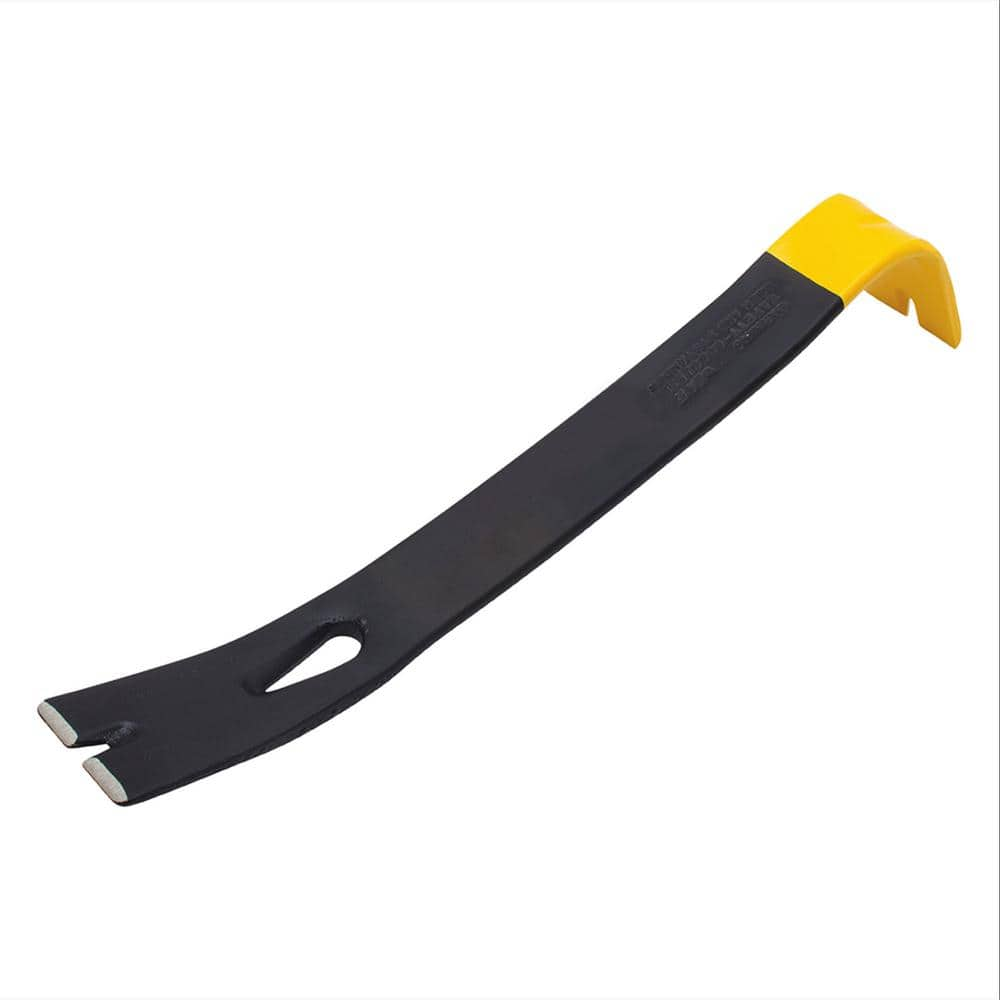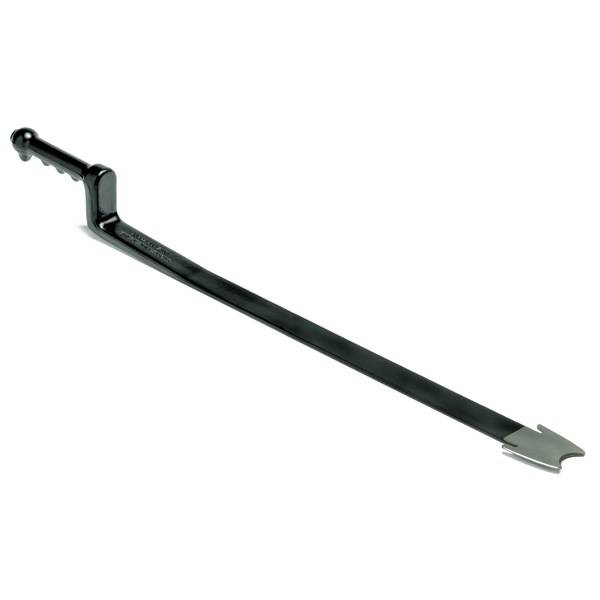I planned on cutting the hole in the roof and installing the flashing tomorrow. I'm in NJ and it's 38º today, supposed to be about 48º tomorrow, 55º day after, so this is my window to do it.
I did a test run today, It's a 7 1/2 pitch roof and I won't have a problem with the hole, but I tried loosening a shingle or two to see how that would go and it's difficult. They're stuck pretty tight. I didn't want to destroy anything so I backed off. I only have about 6" around the sides and top of the flashing.
Do you just muscle through it, or is there a method so as not to scew things up?
Thanks in advance.
My questions will cease at some point.
I did a test run today, It's a 7 1/2 pitch roof and I won't have a problem with the hole, but I tried loosening a shingle or two to see how that would go and it's difficult. They're stuck pretty tight. I didn't want to destroy anything so I backed off. I only have about 6" around the sides and top of the flashing.
Do you just muscle through it, or is there a method so as not to scew things up?
Thanks in advance.
My questions will cease at some point.



